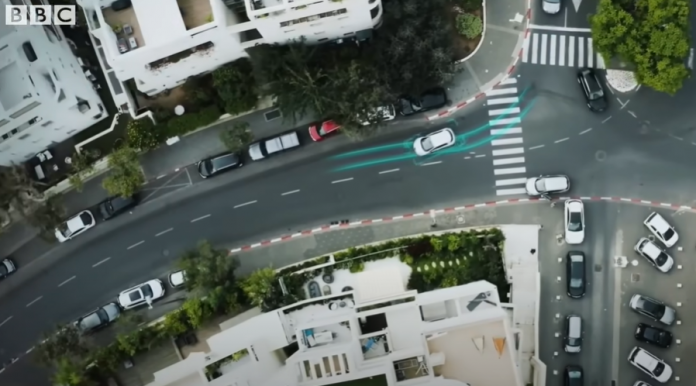Every other car sold globally in 2035 is set to be electric based on today’s energy, climate and industrial policy settings, according to the 2024 EV Global outlook by the International Energy Agency.
They also expect that as soon as 2030, almost one in three cars on the roads in China and almost one in five in both the United States and European Union will be electric. But the road to these figures is not very easy as future owners are having some concerns,writes eToro analyst for Romania, Bogdan Maioreanu.
Among those is the number of charging ports and their availability. The global number of installed public charging points was up 40% in 2023 relative to 2022, and growth for fast chargers outpaced that of slower ones. In major EV markets, the deployment of charging points is continuing apace thanks to targeted policies, shows the IEA report.
Despite this increase the efforts must be multiplied. EU electric car sales grew three times faster than charging point installation between 2017 and 2023, ACEA’s report shows. Just over 150,000 public charging points were installed last year across the EU (less than 3,000 per week on average), reaching a total of over 630,000.
According to the European Commission, 3.5 million charging points should be installed by 2030 but ACEA is seeing this number insufficient and estimates that 8.8 million charging points will be needed. Reaching this by 2030 would require 1.2 million chargers to be installed per year (or over 22,000 per week) – eight times the latest annual installation rate.
The pace at which electric car sales pick up in emerging and developing economies outside China will also determine their global success. Over 95% of electric car sales in 2023 were in China (60%), Europe (25%) and the United States (10%). By comparison, these regions accounted for around 65% of total car sales worldwide, showing that sales of electric models remain more geographically concentrated, shows the IEA report.
Investors are trying to make sense of how the EV market will evolve. And the interest for this field is important. At the end of Q1 Tesla and Nio were the first two most owned stocks by both the Romanian investors on the trading and investing social platform eToro, with Tesla being also number one globally.
But both companies have been disappointing lately. NIO Revenue was down 7.2% year-over-year and vehicle deliveries decreased by 3.2% from the first quarter of 2023, and a decrease of 39.9% from the fourth quarter of 2023.
On Thursday, Tesla will hold its Annual General Meeting with the vote on Musk’s $56 billion compensation package in a moment where the company’s delivery figures are lacking. Stellantis, the world’s fourth largest automaker, will host an Investor Day to outline, amongst others, how it intends to cope with cutthroat competition out of China.
And to make the situation more complicated after the US increased four times the tariffs for the EV cars coming from China. The European Commission is expected to disclose this week the tariffs it plans to impose on Chinese EVs in response to what it regards as excessive subsidies by the Chinese government.
The move comes as European automakers are being challenged by an influx of lower-cost EVs from Chinese rivals. Sales of Chinese-brand cars comprised 4% of the European market last year and are forecast to hit 7% by 2028, according to consulting firm AlixPartners cited by Reuters.
Despite this, the future of EVs sector is looking bright but it will still have to jump over the short term hurdles.
















